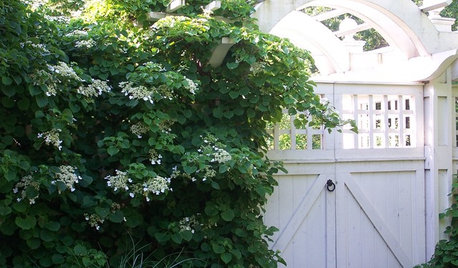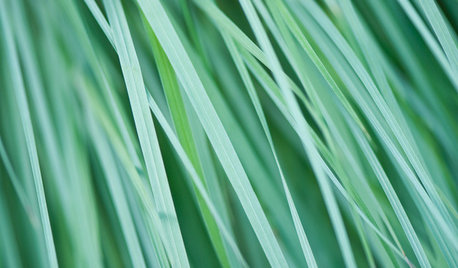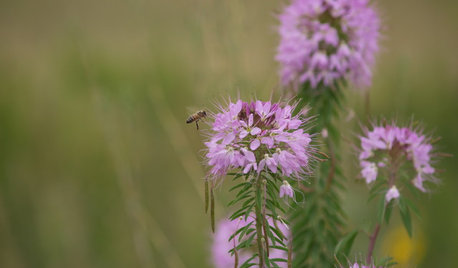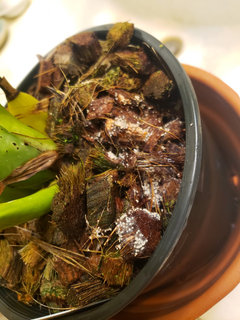Problems with plants grown in coconut fiber pots
ifraser25
16 years ago
Featured Answer
Sort by:Oldest
Comments (31)
richardol
16 years agoRelated Professionals
Folsom Landscape Architects & Landscape Designers · Canyon Lake Landscape Contractors · Corona Landscape Contractors · Del Aire Landscape Contractors · El Sobrante Landscape Contractors · Harrisburg Landscape Contractors · Huntley Landscape Contractors · Leicester Landscape Contractors · Salem Landscape Contractors · Antioch Landscape Contractors · Alhambra General Contractors · Mankato General Contractors · Muskogee General Contractors · Noblesville General Contractors · Sheboygan General Contractorswetfeet101b
16 years agoscott361
16 years agonorbert1
16 years agowetfeet101b
16 years agozzyzzyx
16 years agosunita
16 years agoxmpraedicta
16 years agogaryfla_gw
16 years agopalito
16 years agosunita
16 years agogaryfla_gw
16 years agotoyo2960
16 years agoifraser25
16 years agoorchiddude
16 years agodirtmonkey
16 years agoarabtnp
16 years agoarthurm
16 years agolittlem_2007
16 years agoben_in_sofla
16 years agoviktorm77
11 years agojane__ny
11 years agoviktorm77
11 years agomannellarchie
8 years agoarthurm2015
8 years agolast modified: 8 years agoMukesh Naik
8 years agolast modified: 8 years agoTracy Rogers
7 years agolast modified: 7 years agoarthurm2015
7 years agolast modified: 7 years agoRoseMe SD
2 years agojane__ny
2 years ago
Related Stories

GARDENING GUIDESSolve 3 Common Landscape Problems — With More Plants
Sometimes the best defense is a good offense
Full Story
CONTAINER GARDENSSolve Your Garden Border Dilemmas With Planted Pots
Set your containers free from the patio — placed among plantings in the ground, they fill unsightly gaps, let you experiment and more
Full Story
HOUSEPLANTS8 Essentials for Healthy Indoor Plants
Houseplants add so much to our homes — and can thrive when grown in the right conditions. Keep these tips in mind
Full Story
FALL GARDENING6 Deer-Resistant Flowering Vines to Plant This Fall
Have a major deer problem? Here are some of the only vines that have a chance of not being eaten
Full Story
SPRING GARDENINGHow to Grow a Rose Garden in Pots
Everything can come up roses, even without a plot of soil in sight. This step-by-step guide to growing roses in containers shows you how
Full Story
GARDENING GUIDESGreat Design Plant: Little Bluestem Goes Above and Beyond
It thrives in poor soil and provides food and shelter for wildlife. Plus, Schizachyrium scoparium is just a darn pretty native grass
Full Story
GARDENING FOR BUTTERFLIES3 Ways Native Plants Make Gardening So Much Better
You probably know about the lower maintenance. But native plants' other benefits go far beyond a little less watering and weeding
Full Story
GARDENING GUIDES6 Plants That Beat Butterfly Bush for the Wildlife Draw
It's invasive, a nonnative and a poor insect magnet. Check out these better alternatives to butterfly bush in the garden
Full Story
FARM YOUR YARD10 Easy Edibles to Grow in Containers
These herbs, vegetables and fruits are just as happy in a pot as they are in the ground
Full Story
GARDENING GUIDESGreat Design Plant: Cleome Serrulata
Beckon bees and other pollinators in for a drink of nectar from this western U.S. native’s late-summer flowers
Full Story









orchidguyftl